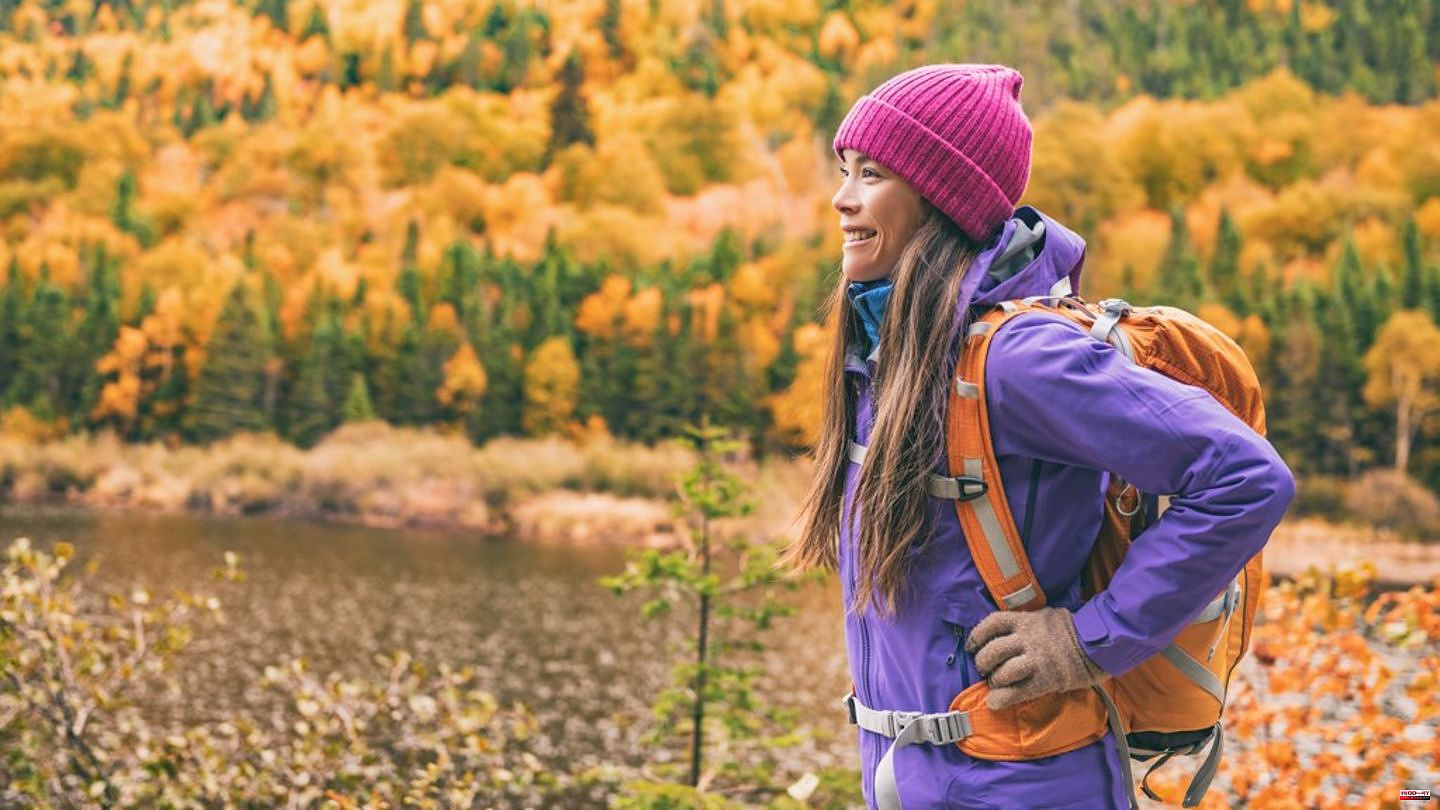Despite the cold temperatures, it attracts many hikers to the mountains in autumn and winter. The clear air and the last warm rays of sunshine make a trip to lofty heights a special experience and offer a perfect balance to everyday life. However, mountain fans have to consider a few things when packing their backpacks at this time of year. These things should not be missing in the equipment.
In summer they keep drinks cool, in autumn and winter they ensure that hikers can look forward to a warm drink like tea: a thermos bottle is the perfect companion for any outdoor activity. When choosing the right model, attention should be paid to good insulation and low weight. In addition, an integrated mug as a screw cap makes drinking hot drinks easier.
Hiking clothing also becomes an important factor in autumn and winter. The hiker must be prepared for all weather-related challenges. The well-known onion look is therefore a suitable method. Functional underwear, a long-sleeved shirt, a fleece or softshell jacket and a windbreaker with a hood are suitable as layers. Hiking trousers can be combined with leggings underneath. There should also be enough space in the backpack for a change of clothes. Changing sweaty shirts and the like at the end of a tour is a must, to prevent freezing and a possible cold.
Everyone loses a large part of body heat through the head and hands. It is therefore advisable to have a hat or headband and gloves in your luggage for autumn and winter hikes. Anyone who sweats easily should pay attention to breathable materials. A tube scarf can also warm you up and, if necessary, be used as a substitute for a hat or headband.
Sun, wind and cold: When hiking in autumn and winter, the skin needs special protection. The face and lips in particular should be protected with care products. A cold balm protects the skin with a high fat content and prevents dehydration, many sun creams also combine protection against sunburn and cold and are offered in handy designs for on the go.
In autumn and winter it can quickly become slippery or even icy on the hiking trails due to rain and snow. So not only is a good sole important for hiking shoes, they should also be combined with so-called spikes, toddle shoes or lightweight crampons, which can be taken out of the backpack and strapped to the shoes if necessary. Gaiters can also be worn to protect the gap between the shoe shaft and the trouser hem from moisture and snow. Hiking sticks are even more important in the cold season than on summer tours and ensure a safe step.
The days get shorter in autumn and winter, so a hiking tour should be started as early as possible to escape the darkness. If you still hike into the twilight, a headlamp can be helpful in an emergency. In order to stay warm in case of an unplanned longer stay and possibly an overnight stay in the mountains in the wind and cold, an emergency bivvy bag should also find its way into the backpack. Like a rescue blanket, it protects against hypothermia and can save lives.












